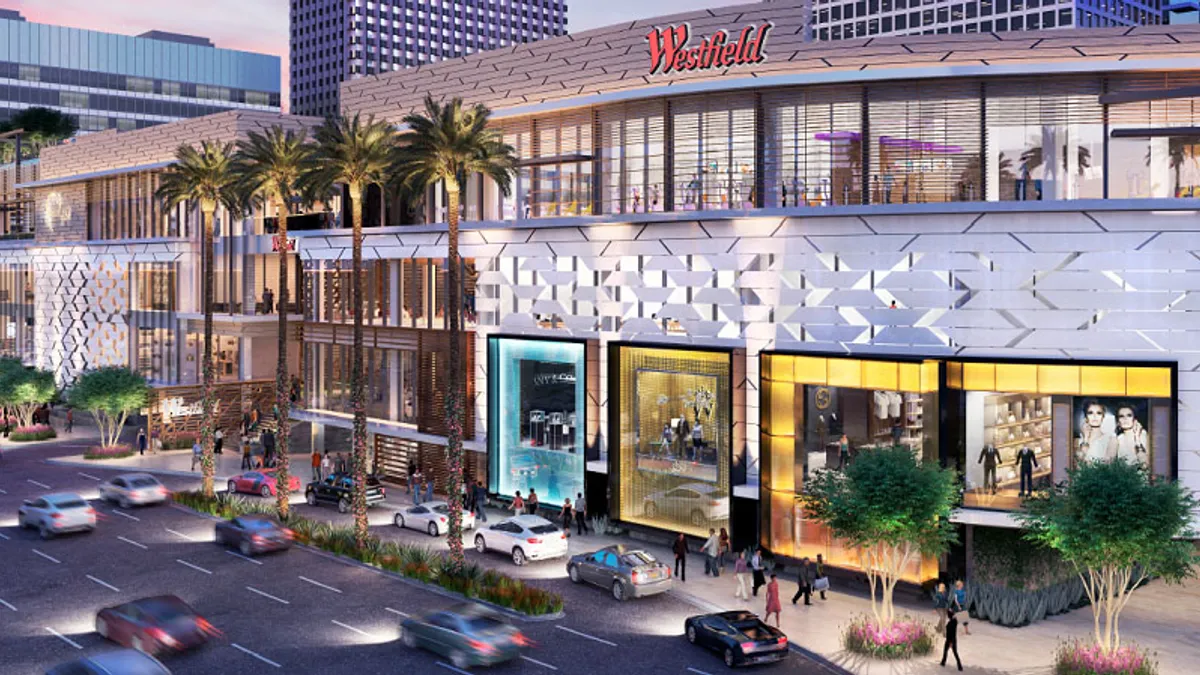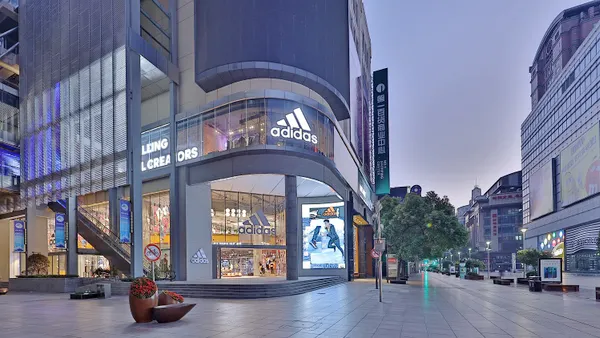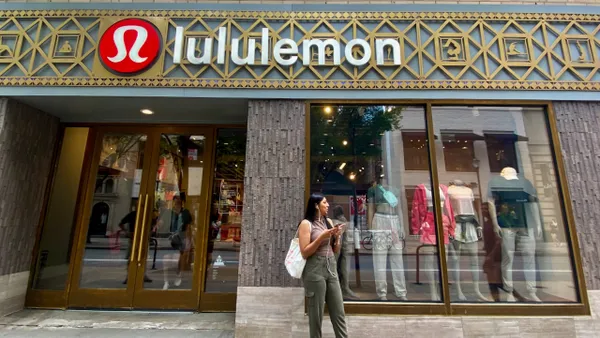Dive Brief:
-
Mall productivity rose 0.7% in the last year to $465 per square foot and has generally remained steady, just one indication that all is not lost for the suburban American mall, according to a report released last week from privately held real estate firm Transwestern.
-
Regional U.S. malls have had positive net absorption since 2010, with the only blip occurring in 2009, at the height of the recession. And last year, the U.S. retail market absorbed a net 105 million square feet of space, representing a growth in occupancy of nearly 1%, according to a company press release.
-
At the end of 2016, mall occupancy across the U.S. was above 95%, representing 848 million square feet of space, Transwestern said. Store closures have indeed increased this year, but, for the most part, malls are attracting new tenants through strategic marketing and property enhancements. When a property departs from retail completely, many owners are successfully adapting by repurposing it for another use, including office space, medical offices, residential properties, hotels and community users, according to the report.
Dive Insight:
The gloomy narrative around U.S. shopping malls fails to take into account the opportunities in retail spaces abandoned by retailers like Macy's, J.C. Penney, The Limited, Wet Seal, Payless, Rue21, Bebe and others that this year alone have shuttered hundreds of stores, many experts say.
In many cases, these spaces are being converted to non-retail uses like food concessions, according to attendees of last month's annual convention of the International Council of Shopping Centers. More generally, research has found that consumer spending has picked up but that Americans are shifting to things other than apparel.
Mall vacancy rates in most areas of the U.S. remained relatively flat in the first quarter, according to data from real estate research firm Reis. The average national asking rent rose 0.3% in the first quarter of 2017, while effective rents grew 0.4%, according to Reis. Still, there's no doubt we're in an era of retail that is being re-shaped by e-commerce and changing consumer priorities.
“Mall reuse has a high chance of success because they typically are located in desirable areas with good traffic patterns, high visibility and ample parking,” Brian Landes, the report’s author and Director of GIS/Location Intelligence for Transwestern, said in a statement.
So far that's been the experience for Simon Property Group, which last month said that occupancy in its U.S. malls and premium outlet properties was 95.6% at the end of its first quarter, unchanged from the same point last year, according to the company's first quarter earnings press release. Simon CEO David Simon has said that e-commerce is not going to smash brick-and-mortar retail, and that, with some thought, effort and diversification, retail properties can thrive.
In April Simon also told analysts that retailers and mall owners must work together to improve and remix the shopping experience. But retail analyst Nick Egelanian, president of retail development consultants SiteWorks International, has told Retail Dive that too many landlords aren't addressing the obsolescence of the full-line department store model.
Sales in U.S. department stores, estimated to have once peaked at over $400 billion annually, today total less than $70 billion annually for the entire industry, he said in email to Retail Dive. "While we expect higher end 'specialty apparel' stores like Nordstrom and Nieman Marcus to remain relevant, sales at Sears, J.C. Penny, Macy’s and the few remaining regional department store operators are in a death spiral."
Those stores once housed 50 or more merchandise departments, but today they rely almost entirely on apparel, cosmetic and housewares sales. "Each of these remaining categories is under under outright assault as a variety of discounters, including T.J. Maxx, Ross, Marshalls, Home Goods, H&M, Zara and Ulta Beauty collectively open well over 500 stores annually," Egelanian said.
Like Simon, neither Egelanian nor Landes believes that e-commerce is the force underpinning that shift. “The assumptions that all purchases are moving online, all retailers are going bankrupt, and all millennials reject the suburban mall and the lifestyle it represents are grossly exaggerated,” Landes said. “Furthermore, we’ve seen that when malls are reconsidered and repurposed for other uses, their value may far exceed their use as conventional retail space.”














